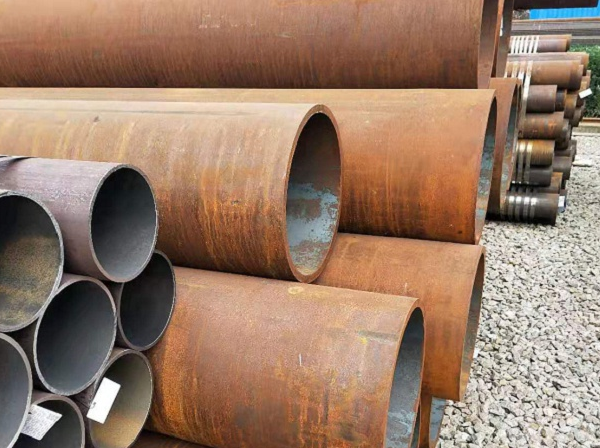Most
seamless pipes (smls pipe) are made of low-alloy high-strength structural steel made of 16Mn. This kind of steel has poor corrosion resistance. If it is not properly stored, it is likely to rust. Today, seamless pipe manufacturers will briefly talk with you about the anti-corrosion and rust removal measures for seamless steel pipes!
1. Clean directly. If it is dust, oil and other substances, organic solvents can be used to clean the surface of the seamless steel pipe. But this can only be used as an aid to other rust removal methods, and cannot directly remove rust, scale and other substances on the steel surface.
2. Pickling with chemical agents. Cleaning with chemicals can effectively remove the rust on the seamless steel pipe and ensure a certain cleanliness on the surface, but it will cause serious environmental pollution.

3. Polishing and grinding. If there is a large area of rust, the foundry manufacturer can use professional tools to remove the rust, and use mechanized equipment to precisely polish the rusted position. In addition to eliminating oxidizing substances, it can also make the casting reach a smooth plane.
Any rust removal method may cause large or small damage to the casting. Although effective rust removal methods can prolong the service life of the casting, it is best to pay attention to the storage of seamless steel pipes from the beginning. Pay attention to the ventilation, temperature and humidity of the location, and follow the relevant storage standards, which can greatly reduce the possibility of rusting of seamless steel pipes.
For example,
galvanized steel pipes, this galvanized layer can increase the corrosion resistance of seamless steel pipes, and also help to extend their service life. Galvanized pipes are widely used around us. In addition to being used as pipelines for water, gas, oil, etc., they are sometimes used in the petroleum industry as oil well pipes and oil pipelines in some offshore oil fields.


